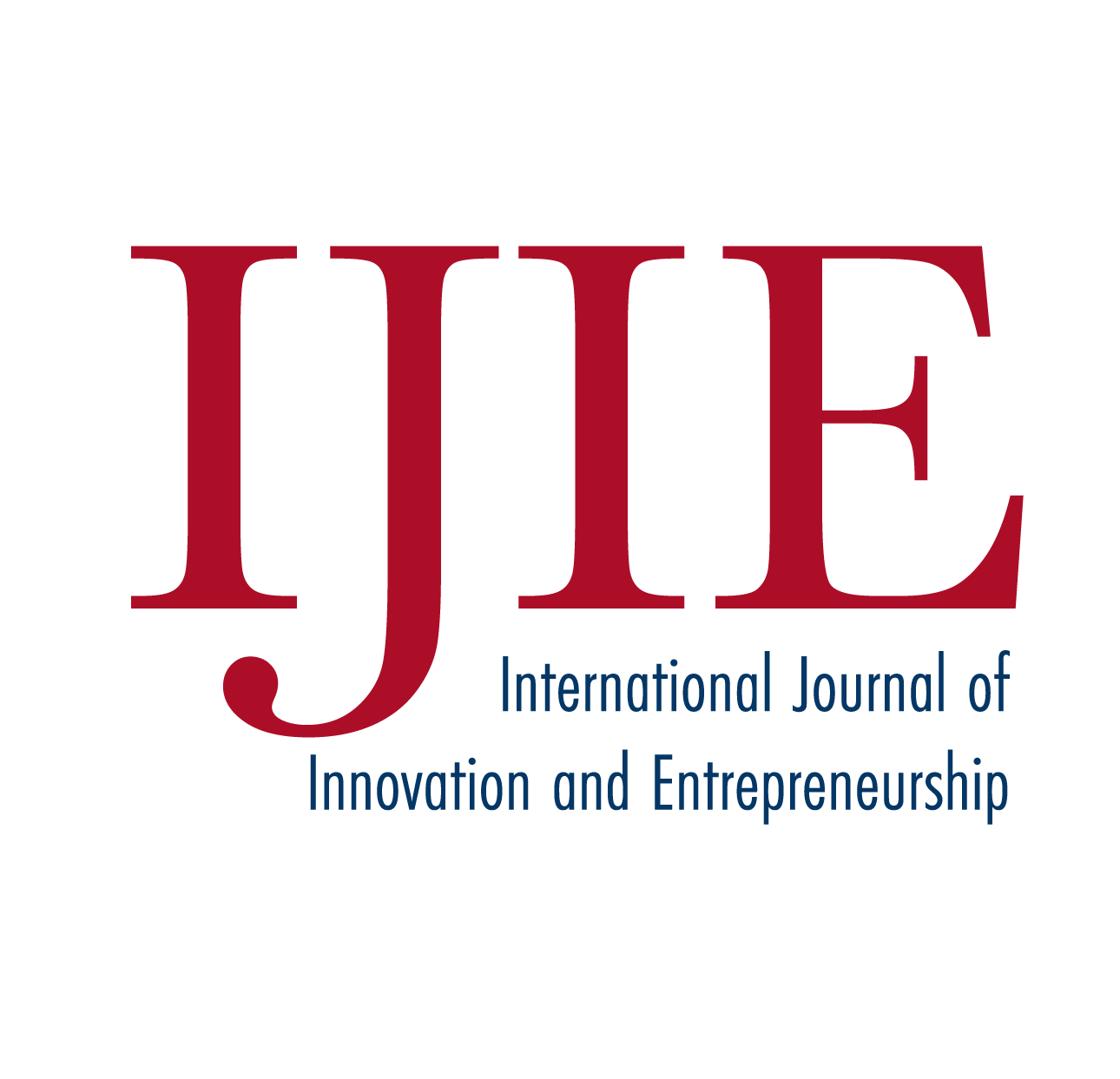Blockchain Technology and Firm Performance
1 Norwich Business School, University of East Anglia, Norwich NR4 7TJ, UK;
* Author to whom correspondence should be addressed.
Received: 29 Dec 2024 / Accepted: 21 Jan 2025 / Published: 4 Feb 2025
Abstract
This paper investigates the factors influencing blockchain adoption and its impact on firm performance using a panel dataset of NASDAQ-listed companies. Drawing on the Resource-Based View and Transaction Cost Theory, we employ an Endogenous Treatment Effects model to address self-selection bias. The results reveal that organisational capabilities, such as firm size and sales growth, enable blockchain adoption, while intangible intensity and capital expenditure intensity act as barriers. Industry-wide adoption shows limited influence, suggesting underdeveloped network effects. Blockchain adoption significantly improves operational performance, as measured by Return on Assets (ROA), but has no significant effect on Tobin’s Q, a market-based performance measure. This result highlights investor scepticism and delayed value realisation. The study argues for strategic communication to bridge this perception gap and calls for policy initiatives to address adoption barriers and promote blockchain’s widespread implementation.
Keywords: blockchain technology; technology adoption; profitability; Tobin’s Q
OPEN ACCESS
This is an open access article distributed under the Creative Commons Attribution
License which permits unrestricted use, distribution, and reproduction in any medium,
provided the original work is properly cited. (CC BY 4.0).
CITE
Li, W. Blockchain Technology and Firm Performance. ijie 2025, 1, 4.
Li W. Blockchain Technology and Firm Performance. International Journal of Innovation and Entrepreneurship. 2025; 1(1):4.
Li, Weixian. 2025. "Blockchain Technology and Firm Performance." ijie 1, no. 1: 4.
Not implemented
SHARE
